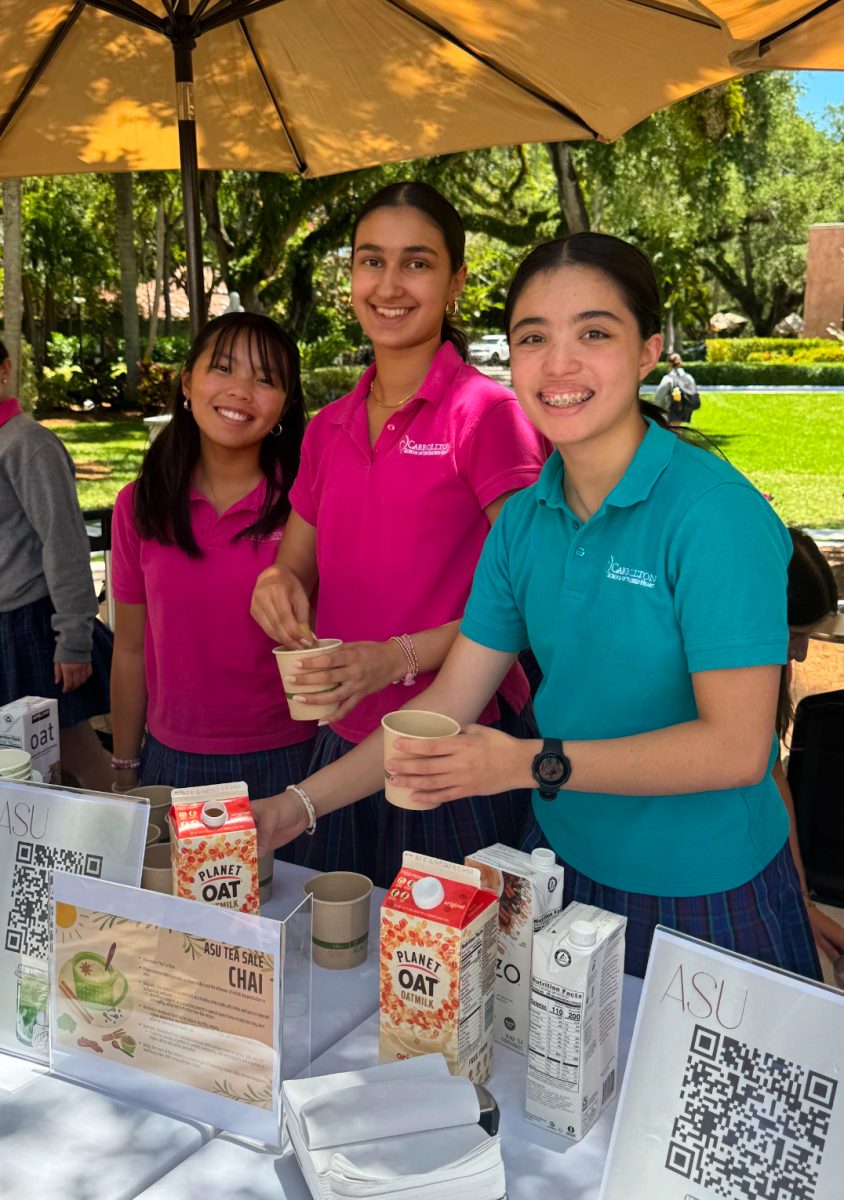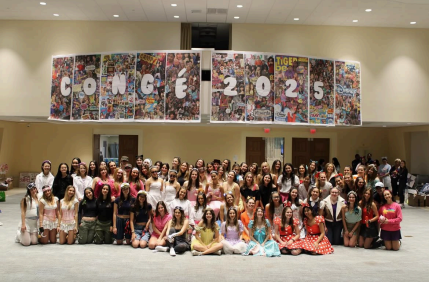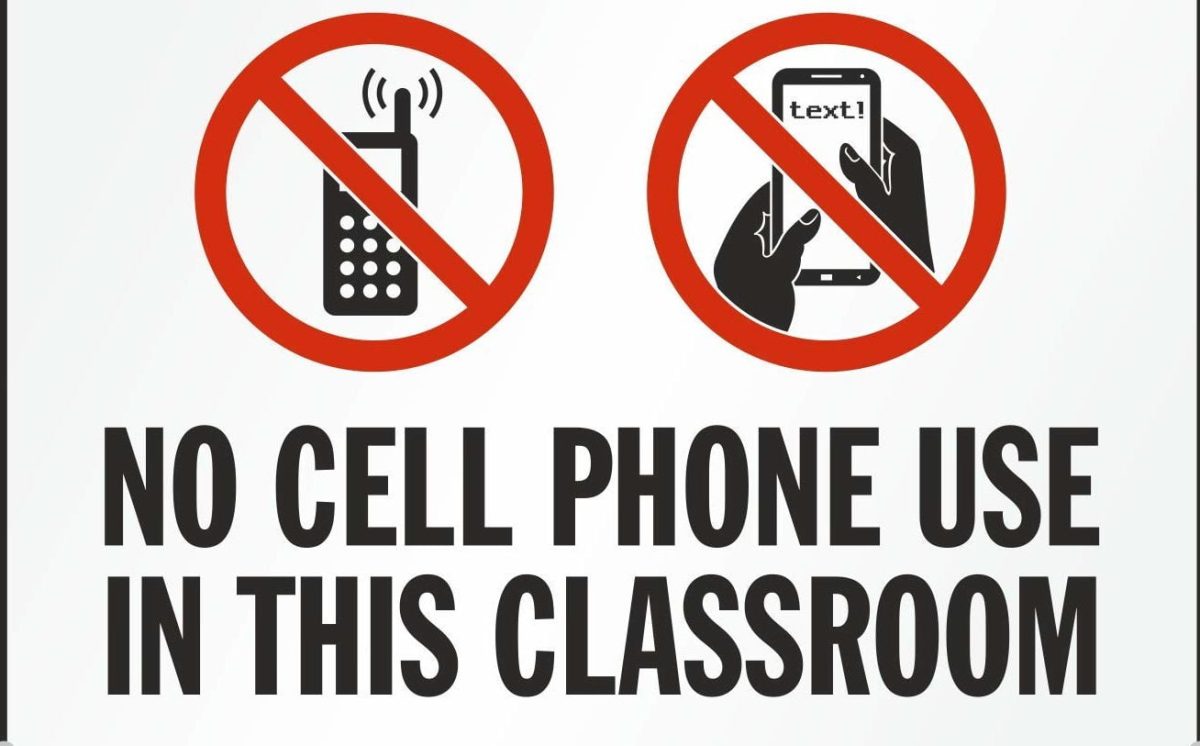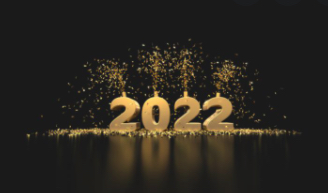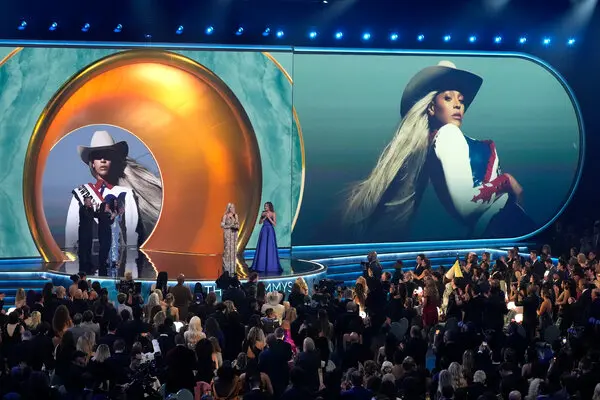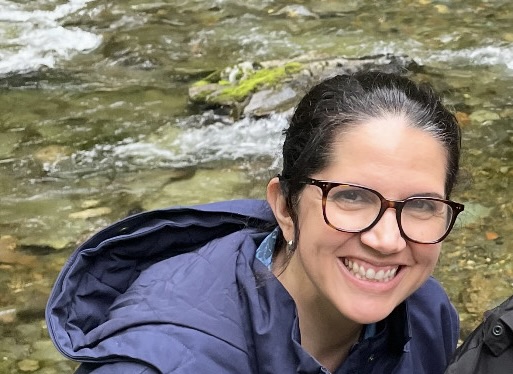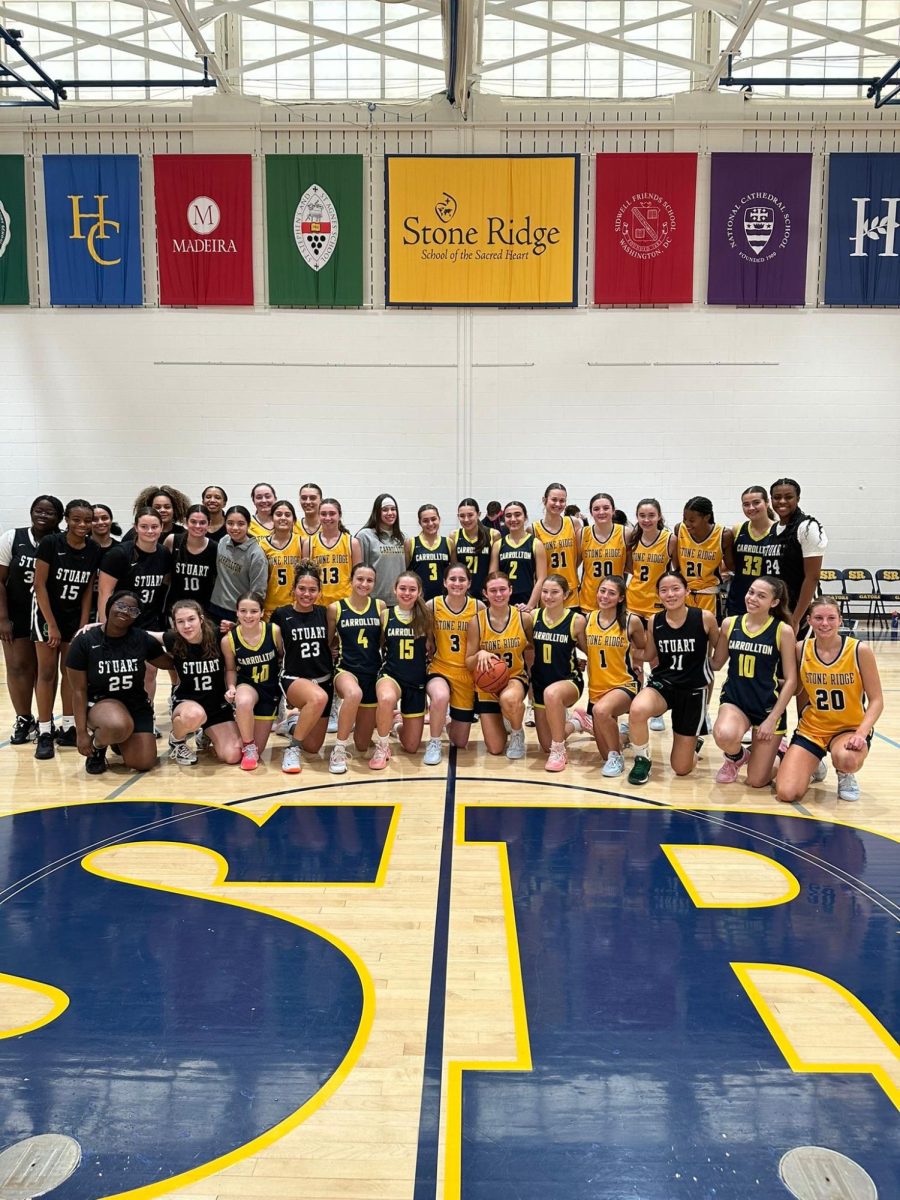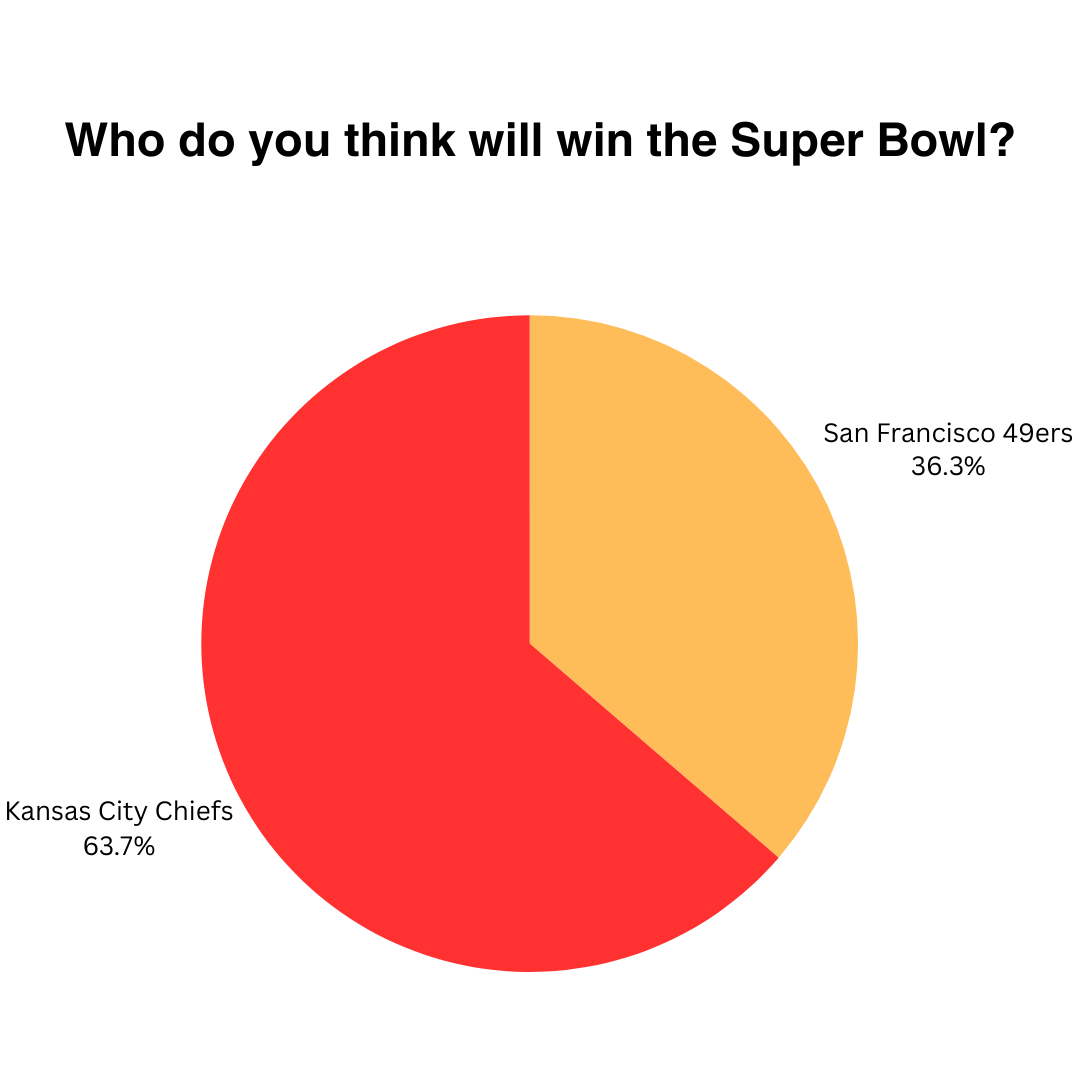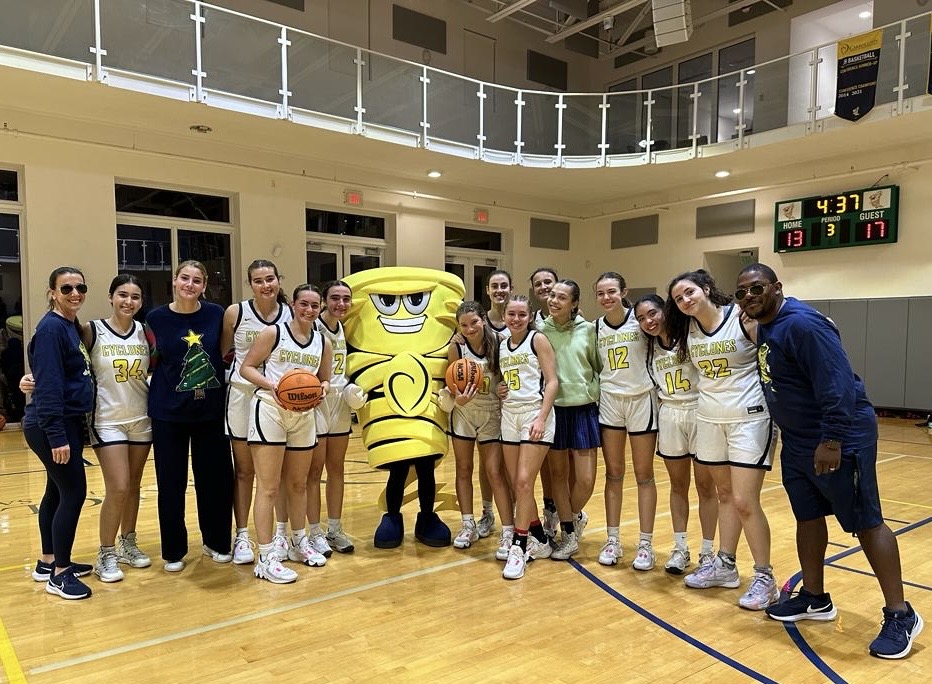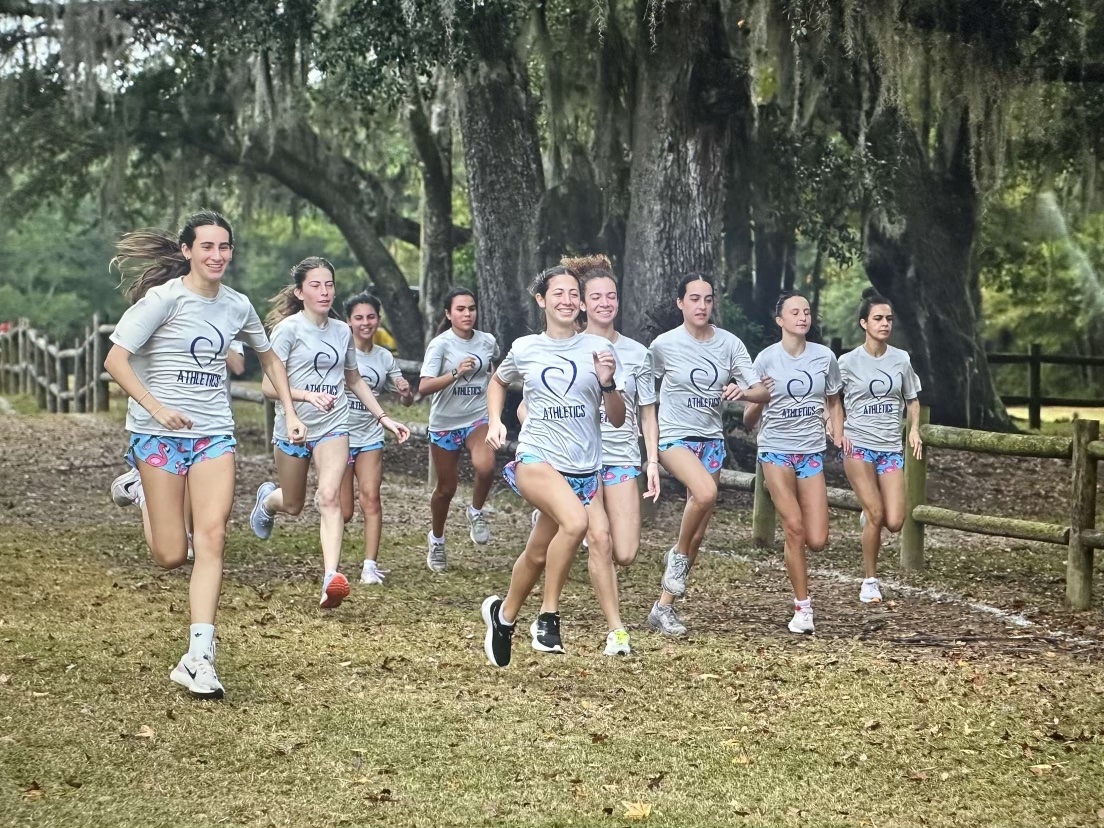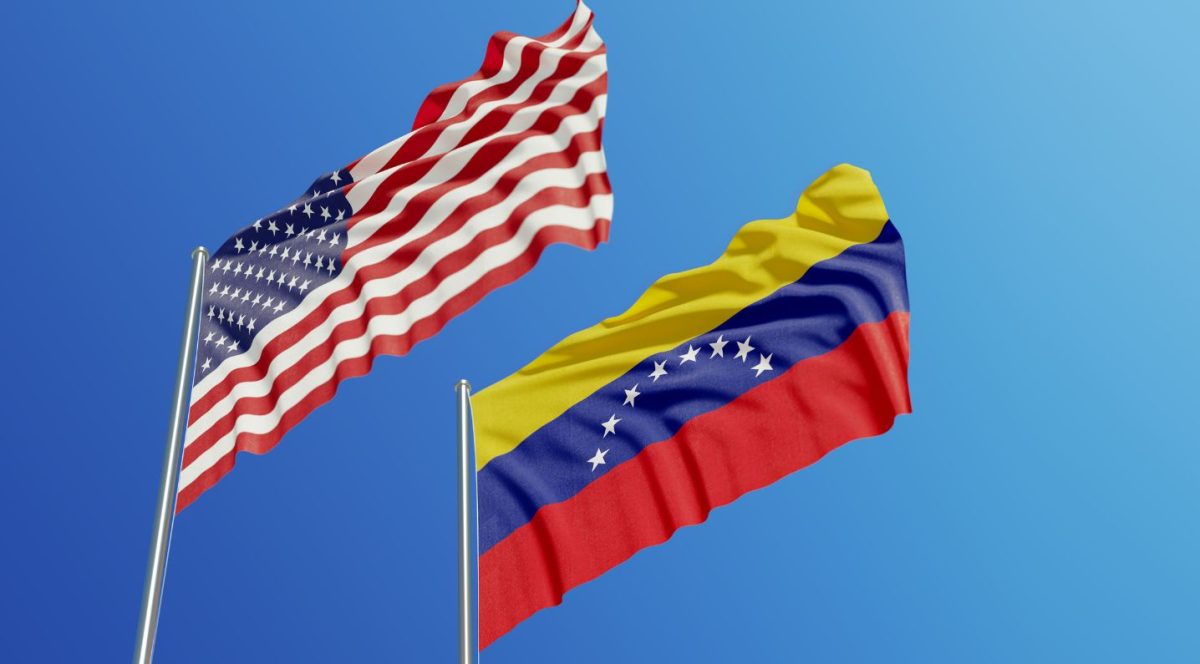and Claudia Travieso ‘22
From water fountains to kitchens and restrooms, to pools and landscape, water is constantly being consumed at Carrollton and water quality is becoming a major issue.
Surrounded by water with Biscayne Bay on the east, Florida Bay to the south, and the Florida Everglades to the west, Miami’s drinking water, currently rated one of the highest in the nation, is on the verge of a water crisis. Its primary water source is groundwater drawn from the Biscayne Aquifer. Christopher Flavelle, Climate and Environmental Reporter with Bloomberg Businessweek in an August 2018 article wrote, “As the region struggles with more visible climate problems, including increasingly frequent flooding and this summer’s toxic algae blooms, the risks to the aquifer grow.”
According to a 2014 EPA report, “flooding from more intense and frequent storms could push toxins from Superfund sites (https://www.epa.gov/superfund/what-superfund?scrlybrkr=0fbeafc6) into underground water sources like the Biscayne Aquifer.” At the same time, sea level rise is causing saltwater intrusion and because saltwater is heavier than freshwater, it pushes the freshwater closer to the surface making it vulnerable to contamination.
Despite water quality often being covered in the news, a recent Upper School survey revealed that 57.1% of students are not concerned about water quality. Carrollton has drinking fountains throughout both campuses which deliver unfiltered Miami-Dade County water. During the 2015-2016 school year, the Upper School Ecology Club used money they raised and a cash prize for having received the Fairchild Silver Award, to purchase the first Halsey Taylor water fountain and with prize money awarded the following year, they purchased the second. Not only do they provide clean filtered water, but are designed to accommodate reusable water bottles eliminating the environmental hazard plastic water bottles cause.
 So far these water fountains have helped prevent tens of thousands of plastic bottles from going into the landfills. According to the school survey, 85.7% of students use these water fountains at school on a daily basis refilling their personal water bottles.
So far these water fountains have helped prevent tens of thousands of plastic bottles from going into the landfills. According to the school survey, 85.7% of students use these water fountains at school on a daily basis refilling their personal water bottles.

A water test conducted on the water quality of the Halsey Taylor fountain and the unfiltered water fountain revealed that in terms of hardness, pH, iron, Nitrate Nitrogen, and Copper levels, the quality of the Miami-Dade County supplied water is comparable. However, the unfiltered water tested on the high side for Alkalinity of 180 ppm which is close to the maximum recommended 200 ppm. The total chlorine of the unfiltered water fountains was 3 ppm while the filtered water tested for 0 ppms of chlorine.

